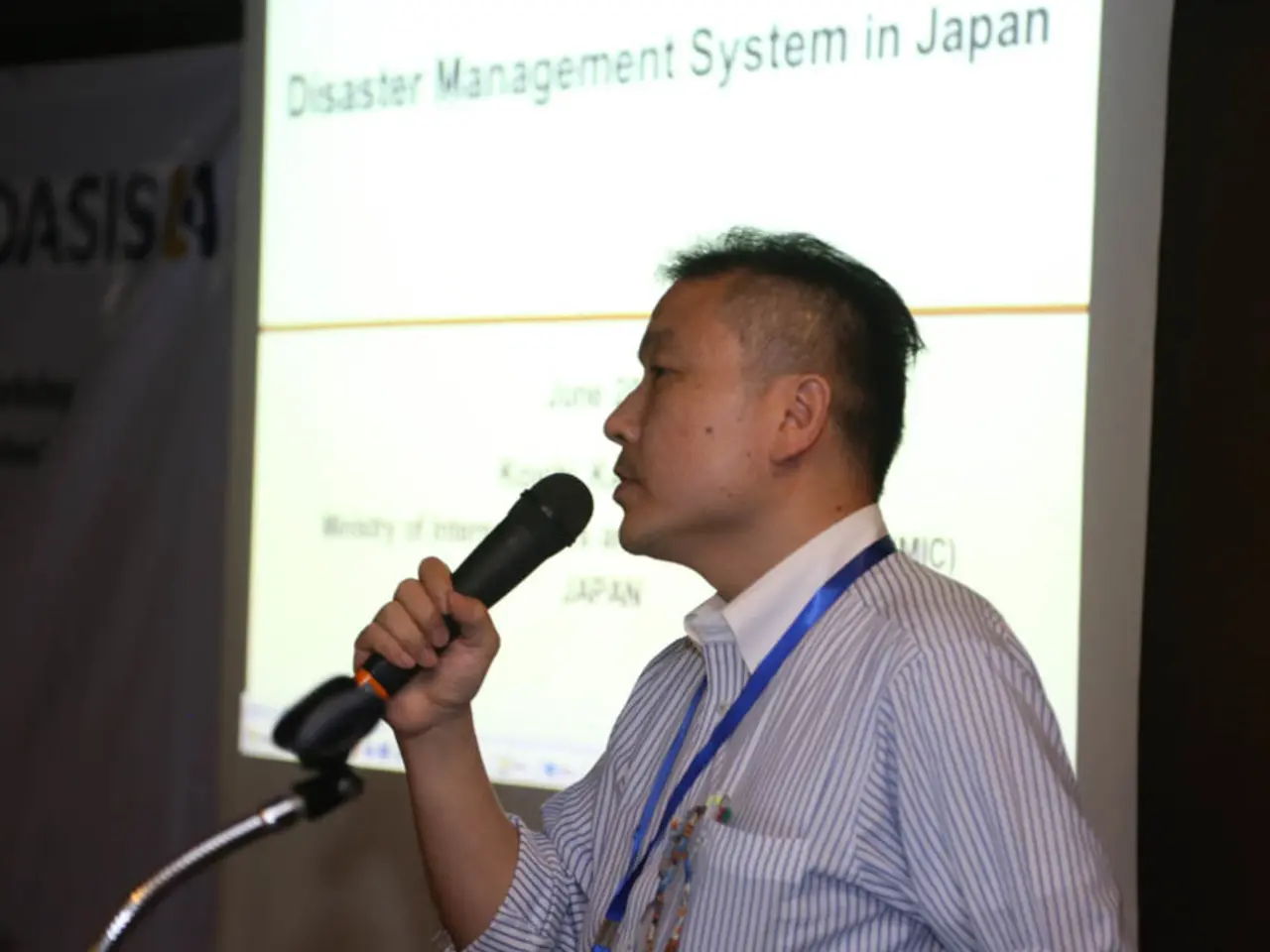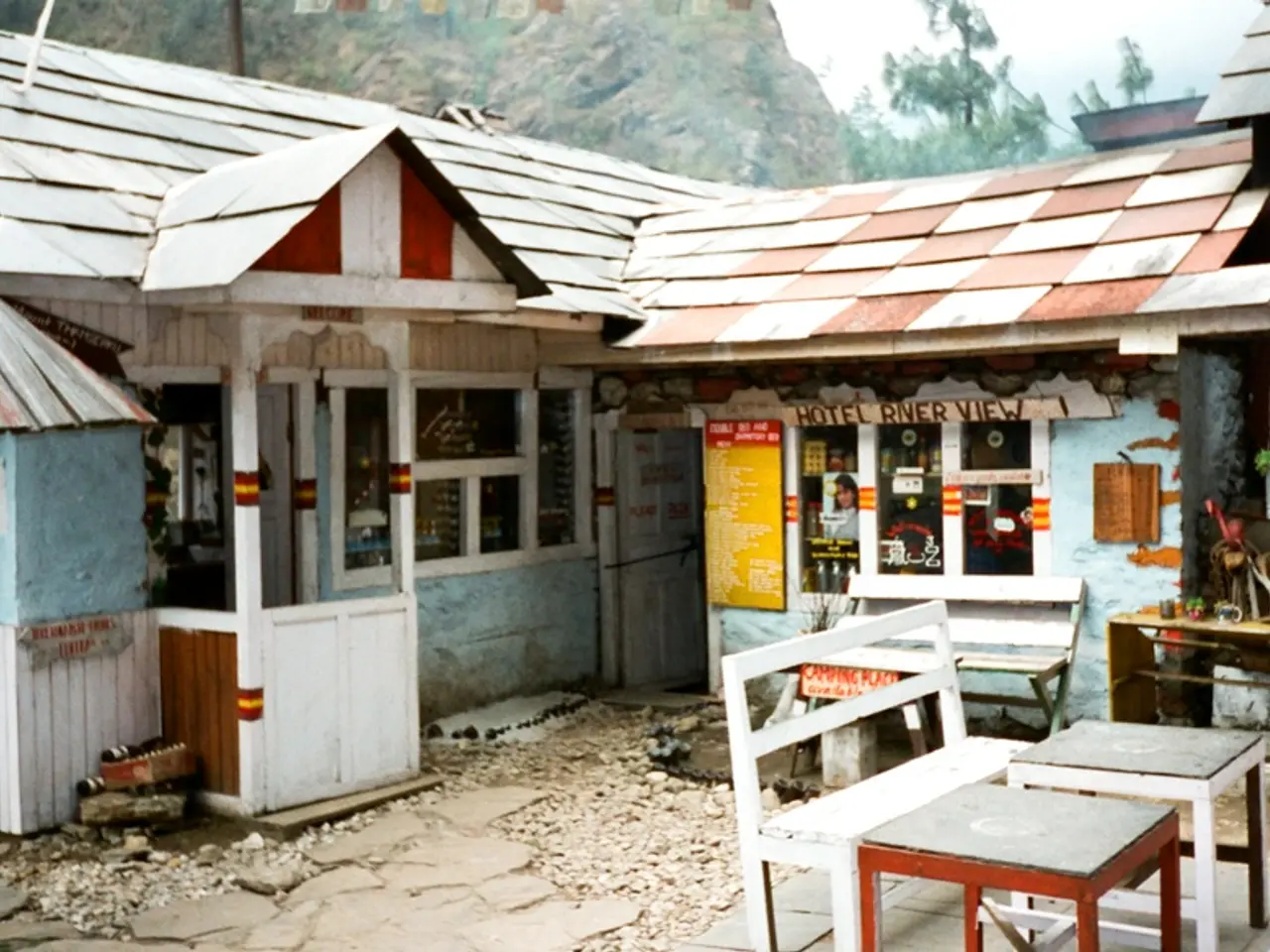Earthquake of magnitude 8.8 near Russian coast prompts tsunami alerts for Japan and U.S.
In a significant event, a magnitude 8.8 earthquake struck off Russia's Kamchatka Peninsula on July 30, 2025. This seismic activity, the largest worldwide since 2011 and the strongest ever in the Kamchatka region since 1952, triggered widespread tsunami fears and prompted an international response.
The earthquake's shallow depth and large rupture length (approximately 500 km) led to tsunami warnings being issued across four continents surrounding the Pacific Ocean. Affected regions included Russia’s Far East, northern Japan, Hawaii, the U.S. West Coast, French Polynesia, Chile, the Pacific Islands, and over a dozen countries in total.
Tsunami waves reached locations such as Japan and Hawaii, with reported maximum wave heights around 1.7 meters in Hawaii and similar along the western U.S. coast. In parts of Russia like the Kuril Islands, tsunami waves inundated areas such as Severo-Kurilsk, leading to evacuations and a state of emergency declaration.
Local authorities across affected nations remain on standby, with evacuation or beach access advisories in effect. For instance, Japan and Hawaii scaled back warnings by evening following the event, while New Zealand's civil defence warned of "strong and unusual currents" in coastal areas, even where formal evacuations were not ordered.
Evacuations of thousands of people in the affected Russian regions such as Kamchatka and the Kuril Islands were necessary, with about 2,700 people moved to safe areas in the Kurils and orders for evacuation in small towns like Severo-Kurilsk. Despite the scale, no serious injuries or casualties were reported in Russia, attributed to robust building structures and effective early warning systems.
Workers were evacuated from the Fukushima Daiichi nuclear plant as a precaution, though there were no abnormalities reported. Regional stakeholders emphasize the readiness value of early-warning systems and coordinated disaster response.
The Pacific Tsunami Warning Center issued tsunami alerts for Hawaii, the Aleutian Islands, and parts of the U.S. West Coast, including California, Oregon, and Washington State. Agencies will continue updating wave predictions as data evolves. Honolulu issued a full evacuation order for coastal zones, while U.S. coastal authorities advised staying clear of beaches, harbors, and marinas.
This event serves as a stark reminder of the importance of robust preparedness and rapid warning systems. Authorities have extended tsunami alerts or advisories to multiple Pacific nations and territories, including New Zealand, Ecuador, Chile, Solomon Islands, Taiwan, Mexico, and Indonesia. Evacuation advisories were issued urging residents to move to higher ground in Japan.
The earthquake struck approximately 136 km southeast of Petropavlovsk-Kamchatsky, at a shallow depth of around 19 km, making it the strongest tremor in the region since 1952. The event also linked with the eruption of the region’s historically most active volcano, indicating potential broader geological effects following the quake.
As agencies track ongoing threats, this event underscores the global interconnectedness of seismic risks in the Pacific Rim, demonstrating the necessity of international cooperation in disaster management.
- Tsunami warnings were issued across regional areas like Japan and the U.S. West Coast, including California, Oregon, and Washington State, due to the 8.8 magnitude earthquake in the Pacific Ocean off Russia.
- The environmental science community is focusing on the potential broader geological effects of the earthquake in the Kamchatka region, as it resulted in the eruption of the region's historically most active volcano.
- As a result of the earthquake, changes in weather patterns were observed, with tsunami waves reaching locations such as Japan, Hawaii, and parts of Russia, affecting numerous Pacific Island nations and territories.








